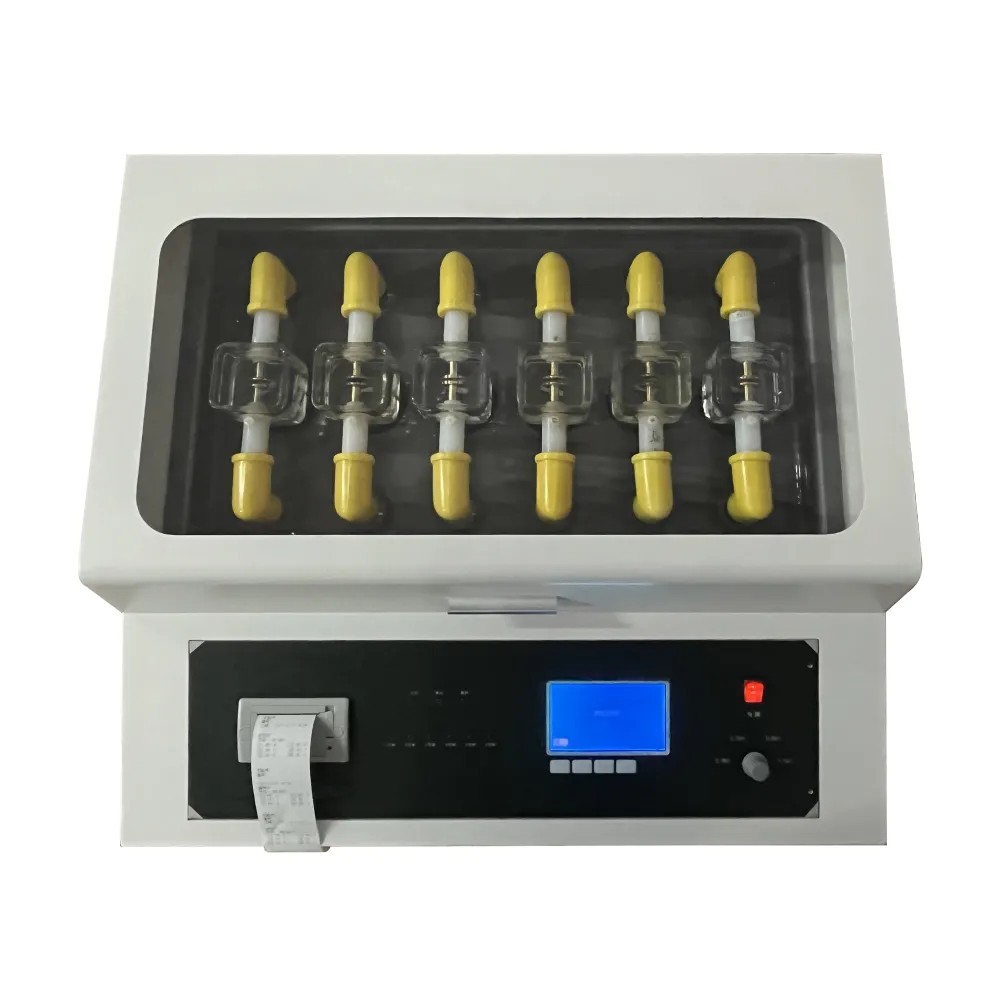 English
English


full load test of transformer
Full Load Test of Transformer Understanding the Process and Its Importance
Transformers play a crucial role in electrical power systems, serving as essential components in the transmission and distribution of electricity. They operate on the principle of electromagnetic induction, enabling the transfer of electrical energy between circuits at different voltage levels. Among various testing methods employed to ensure their reliability and efficiency, the full load test stands out as a pivotal procedure. This article delves into the full load test of transformers, explaining its significance, procedure, and implications for transformer performance.
Importance of Full Load Testing
The full load test simulates the operational conditions under which a transformer will perform during its functional life. It assesses the transformer’s ability to operate under maximum load and evaluates several performance characteristics including efficiency, temperature rise, regulation, and noise levels. Conducting this test is vital for several reasons
1. Performance Validation By subjecting the transformer to full load conditions, engineers can observe its operational behavior, ensuring that it meets the design specifications. This validation is critical to maintain the reliability of power distribution.
2. Safety Assurance Transformers are subject to rigorous safety standards. The full load test provides an opportunity to detect potential overheating and other failures that could arise during normal operation, thus ensuring safety for both equipment and personnel.
3. Efficiency Analysis The test helps in determining the efficiency of the transformer at full load. Efficiency is a crucial factor, as it directly influences operational costs and energy losses in the system.
4. Regulation Assessment Voltage regulation is a significant aspect of transformer performance. The full load test enables the measurement of the transformer’s ability to maintain stable voltage levels despite fluctuations in load.
5. Heat Management Evaluation Transformers generate heat during operation. The full load test allows engineers to assess the temperature rise and determine if the cooling system operates adequately to prevent overheating.
The Testing Procedure
full load test of transformer

The full load test involves several systematic steps
1. Preparation Before the test, the transformer must be properly installed, and all safety precautions should be observed. Additionally, it is essential to ensure that all connections, including input and output terminals, are secure.
2. Instrumentation Setup Accurate measurement instruments must be connected to monitor parameters such as voltage, current, temperature, and power factor throughout the test.
3. Load Application The transformer is connected to a load bank that simulates the full load it would encounter in a real-world scenario. This load could be resistive, inductive, or capacitive, depending on the specific application of the transformer.
4. Monitoring Performance As the load is applied, the performance data is collected. Key parameters, including input and output voltages, current, and temperature, are measured and recorded.
5. Data Analysis After conducting the test, engineers analyze the collected data. They calculate efficiency, check for any significant temperature rise, and evaluate the voltage regulation characteristics.
6. Reporting Finally, a detailed report is generated, summarizing the findings of the test. This report serves as a critical document for quality assurance and future reference.
Conclusion
The full load test of transformers is an indispensable procedure that ensures the reliability, safety, and efficiency of power distribution systems. By closely examining the performance of transformers under maximum load conditions, engineers can identify potential issues before they become critical failures. The insights gained from these tests not only help in maintaining optimal operation but also contribute significantly to the longevity of transformer equipment. As the demand for electricity grows, the importance of rigorous testing and quality assurance processes in the energy sector continues to escalate. Thus, the full load test remains a cornerstone in the pursuit of robust and efficient electrical infrastructure.
-
Differences between open cup flash point tester and closed cup flash point testerNewsOct.31,2024
-
The Reliable Load Tap ChangerNewsOct.23,2024
-
The Essential Guide to Hipot TestersNewsOct.23,2024
-
The Digital Insulation TesterNewsOct.23,2024
-
The Best Earth Loop Impedance Tester for SaleNewsOct.23,2024
-
Tan Delta Tester--The Essential Tool for Electrical Insulation TestingNewsOct.23,2024





